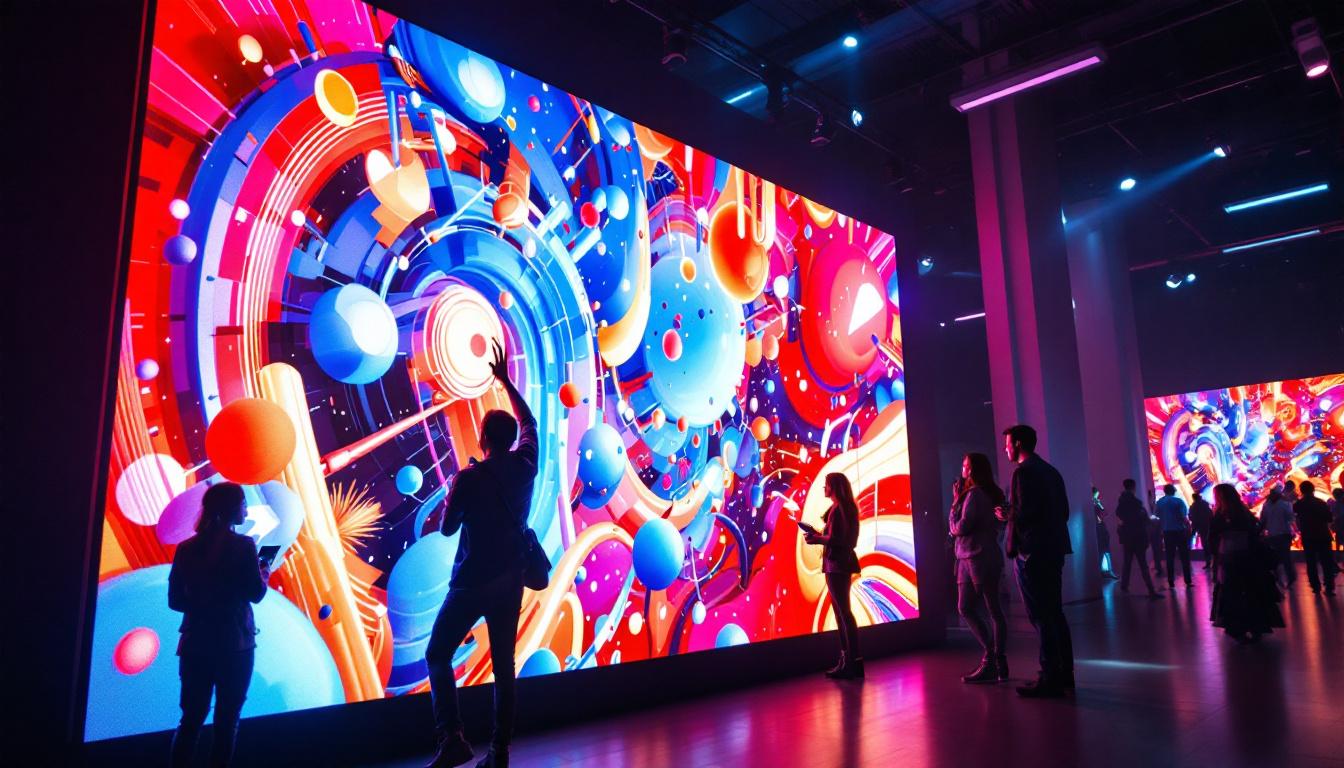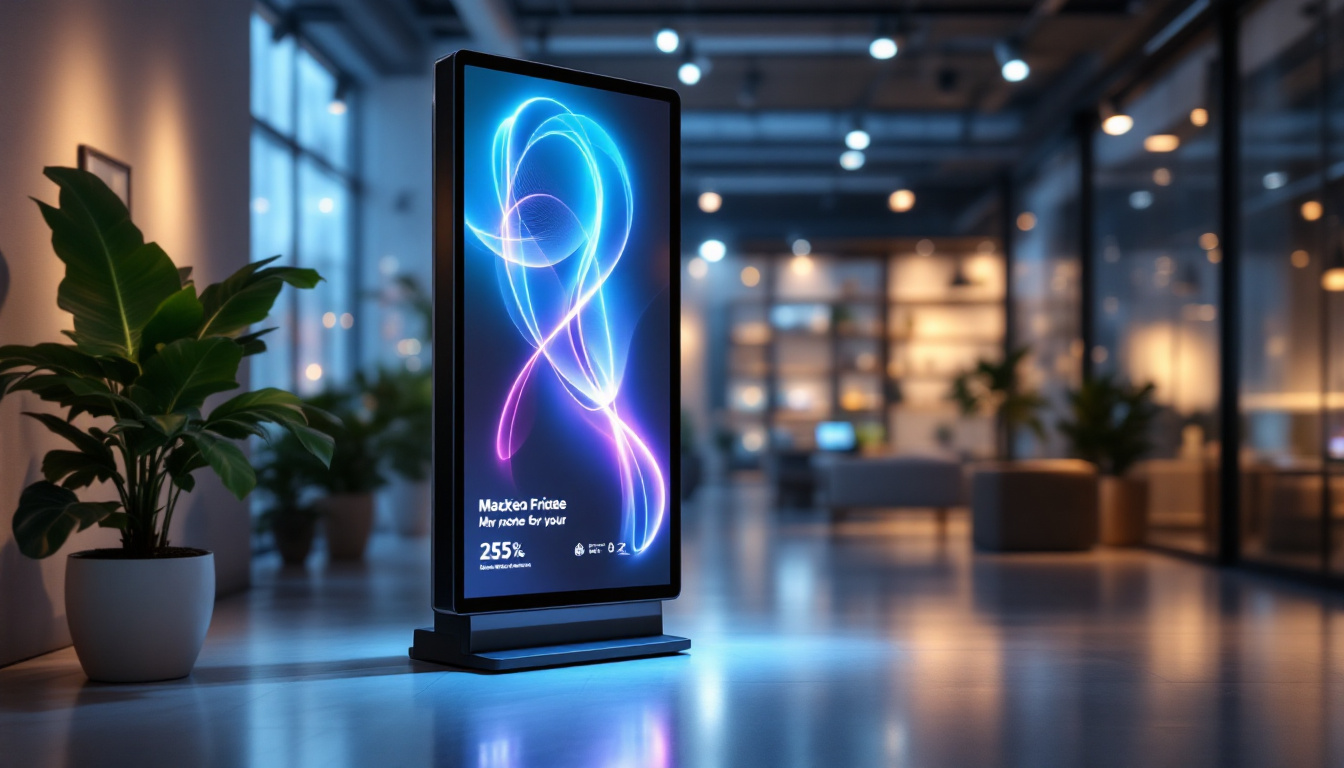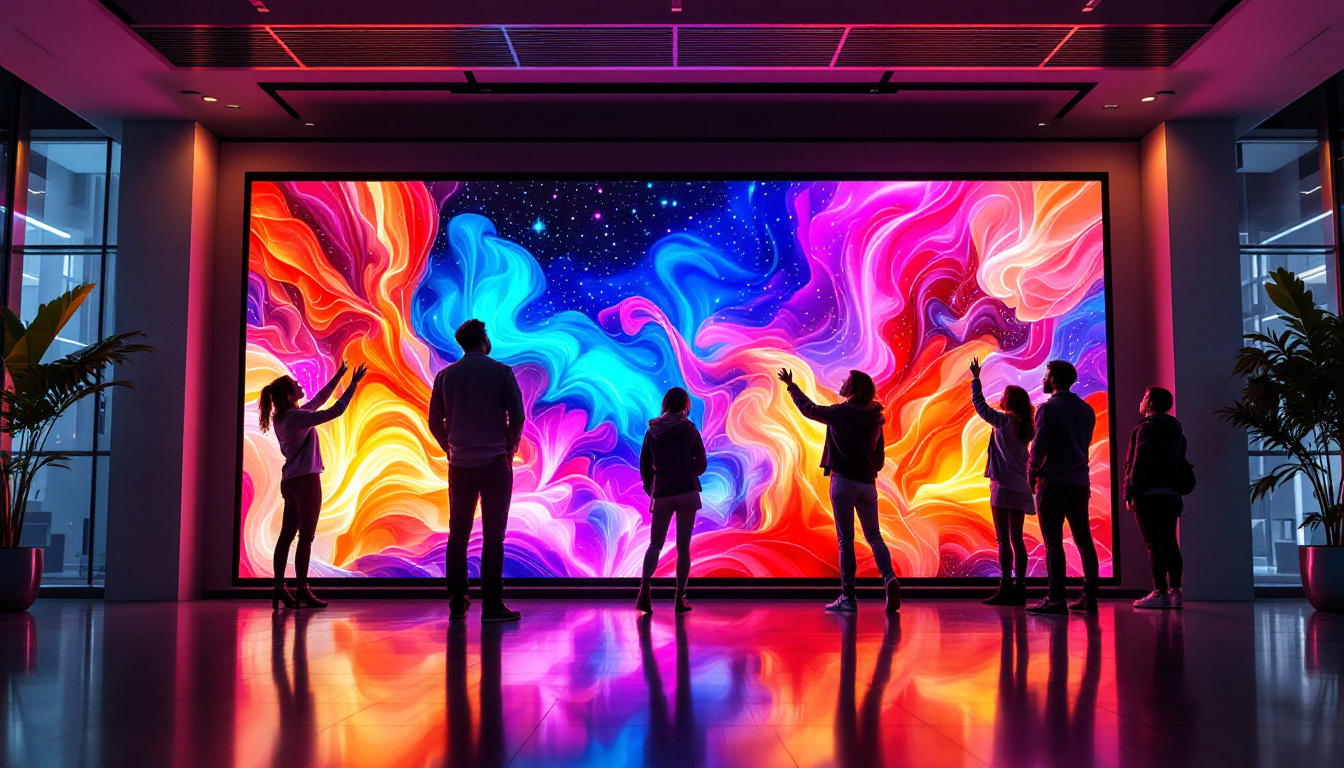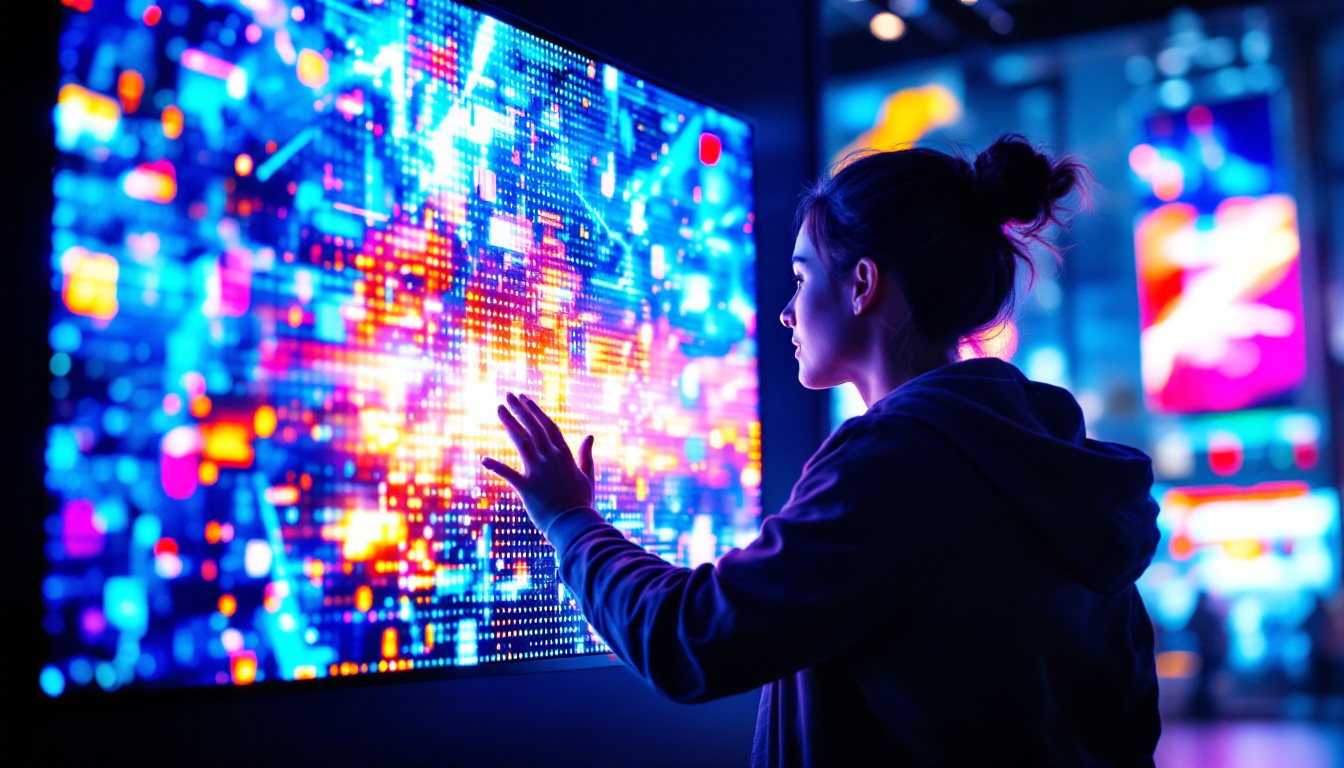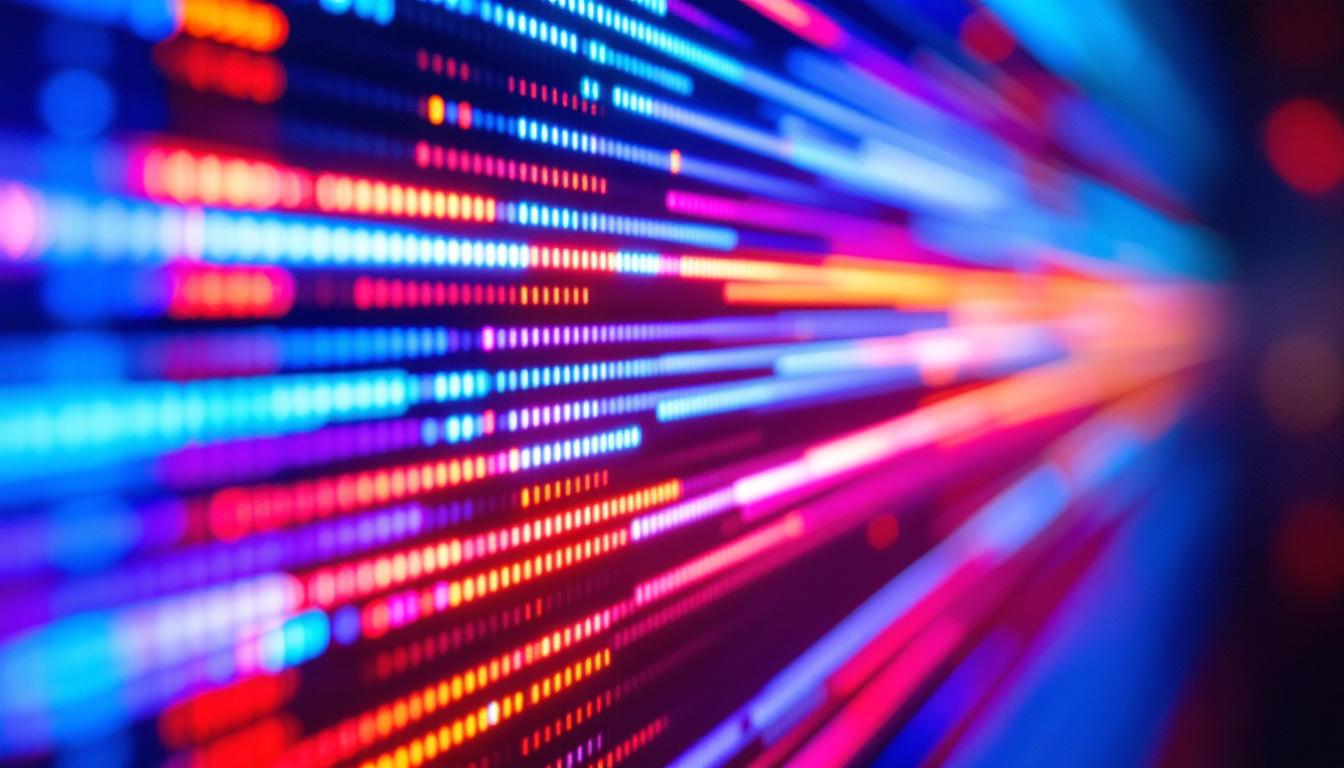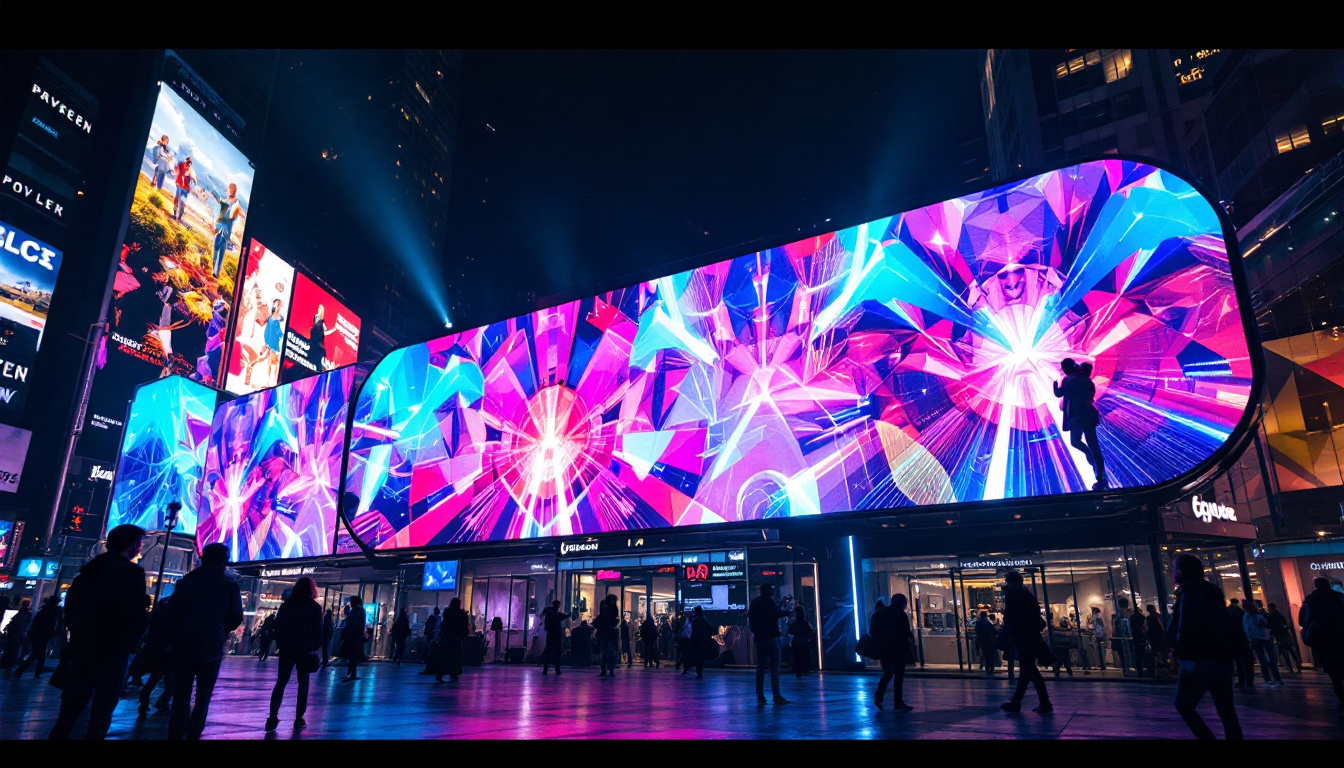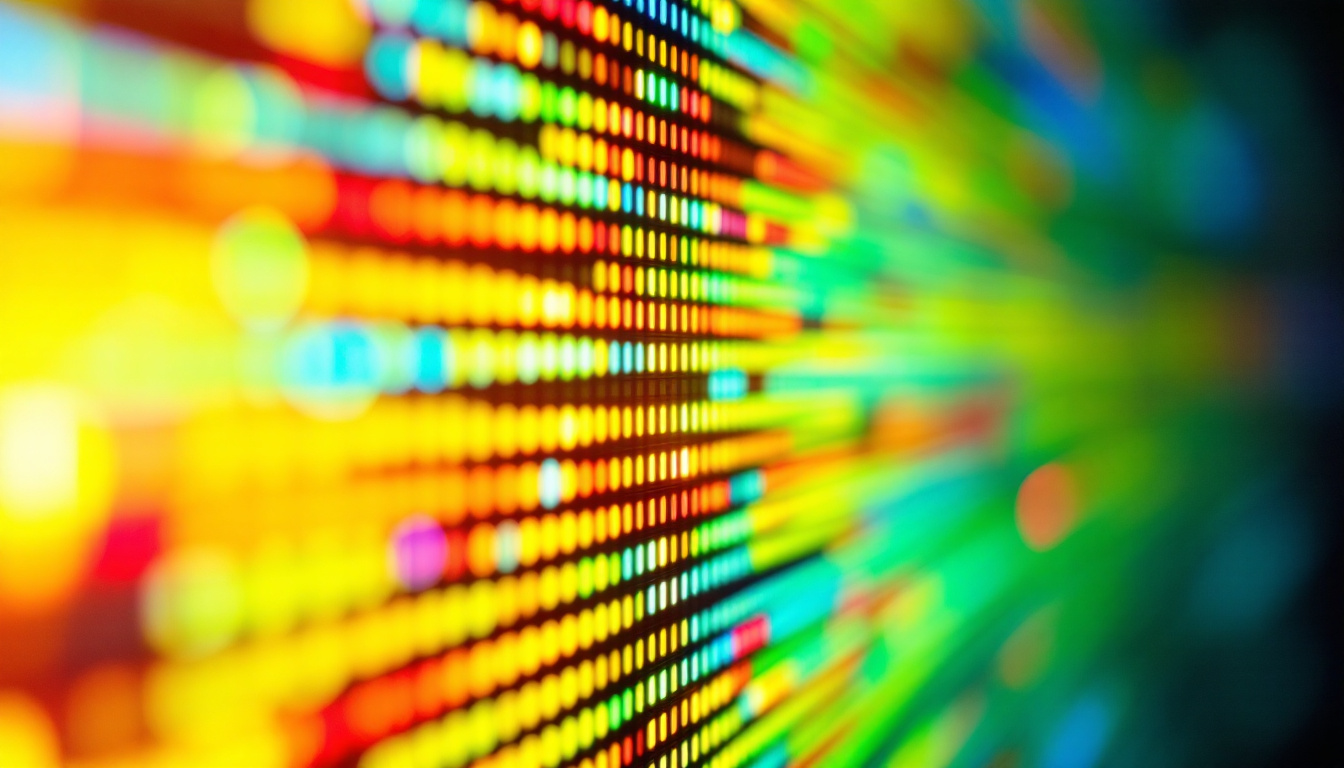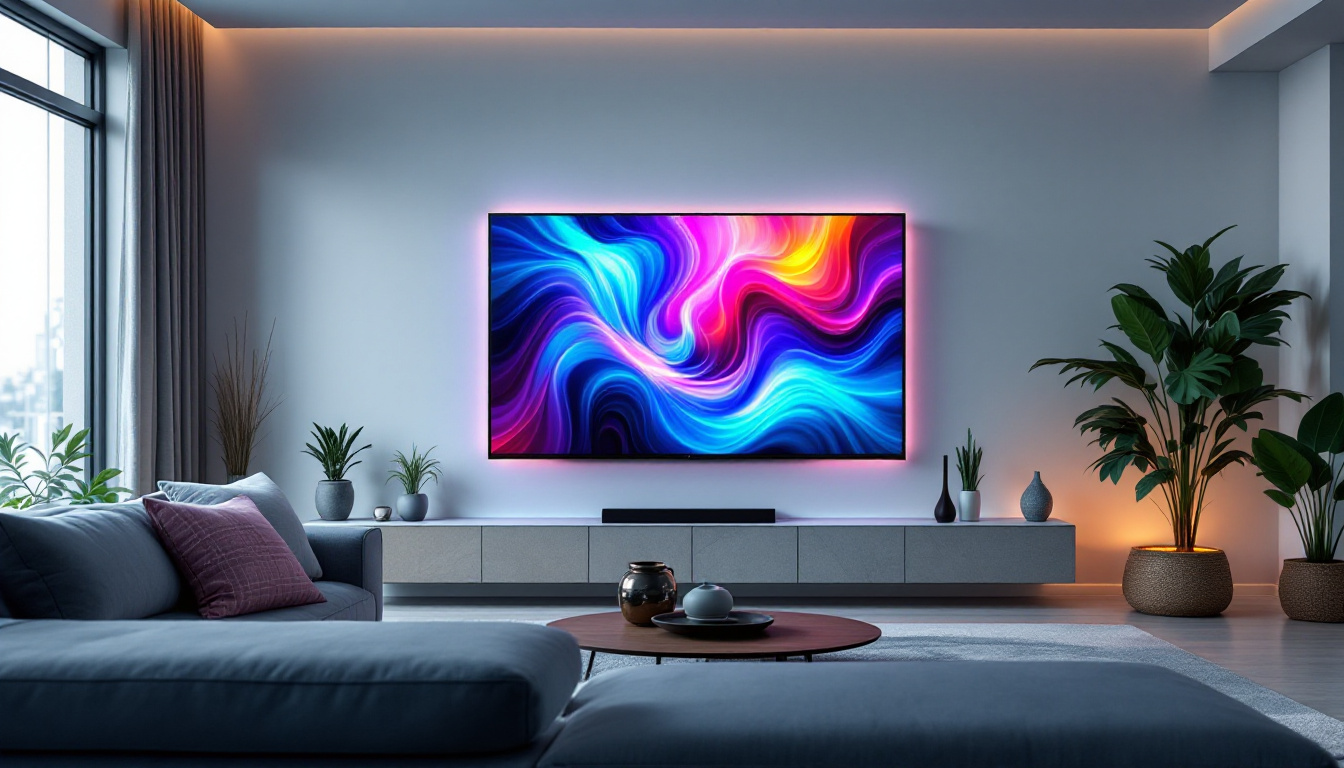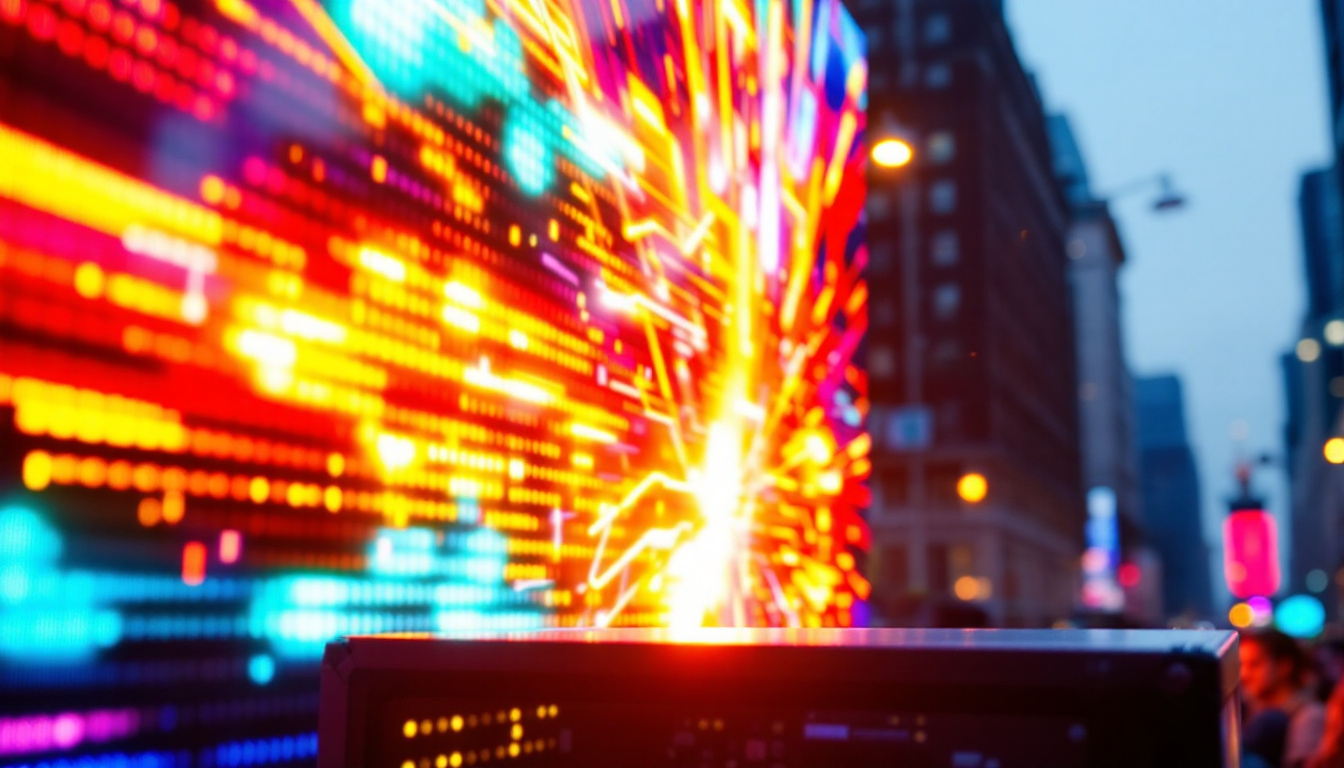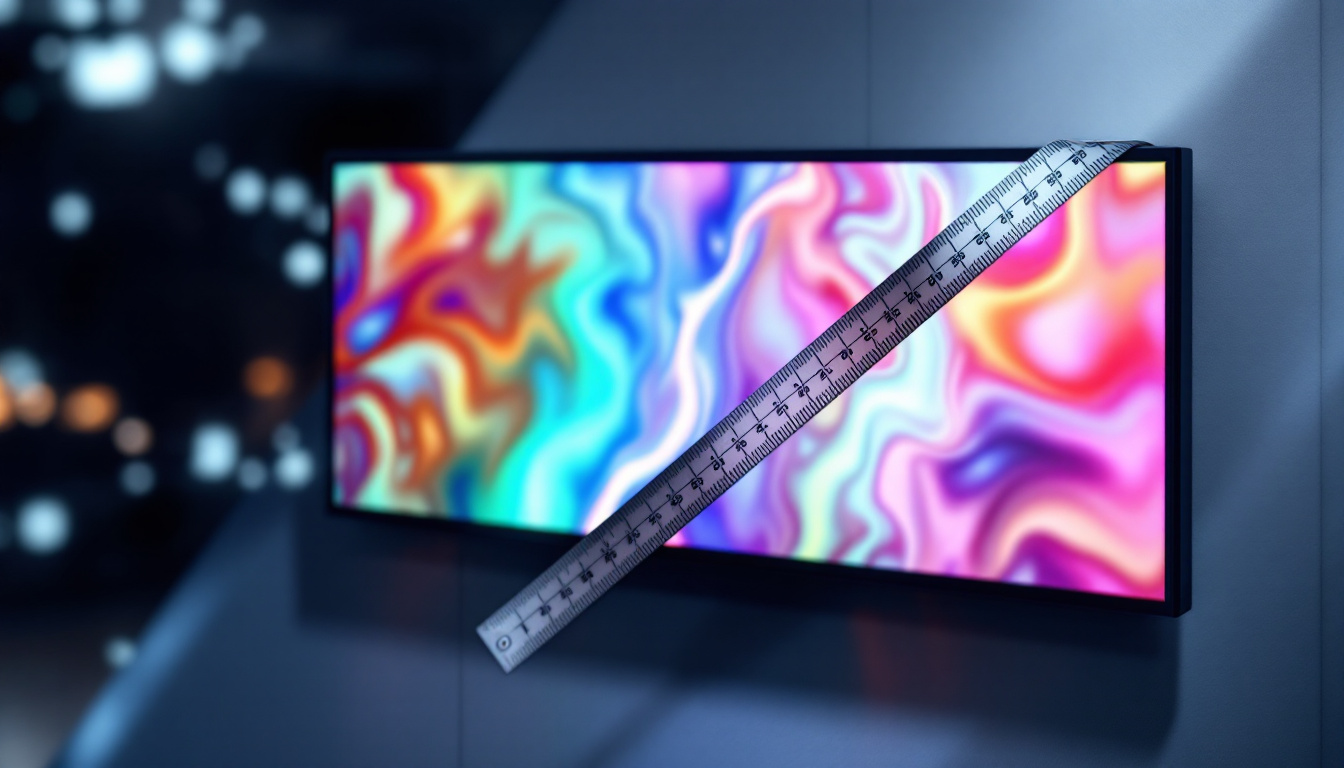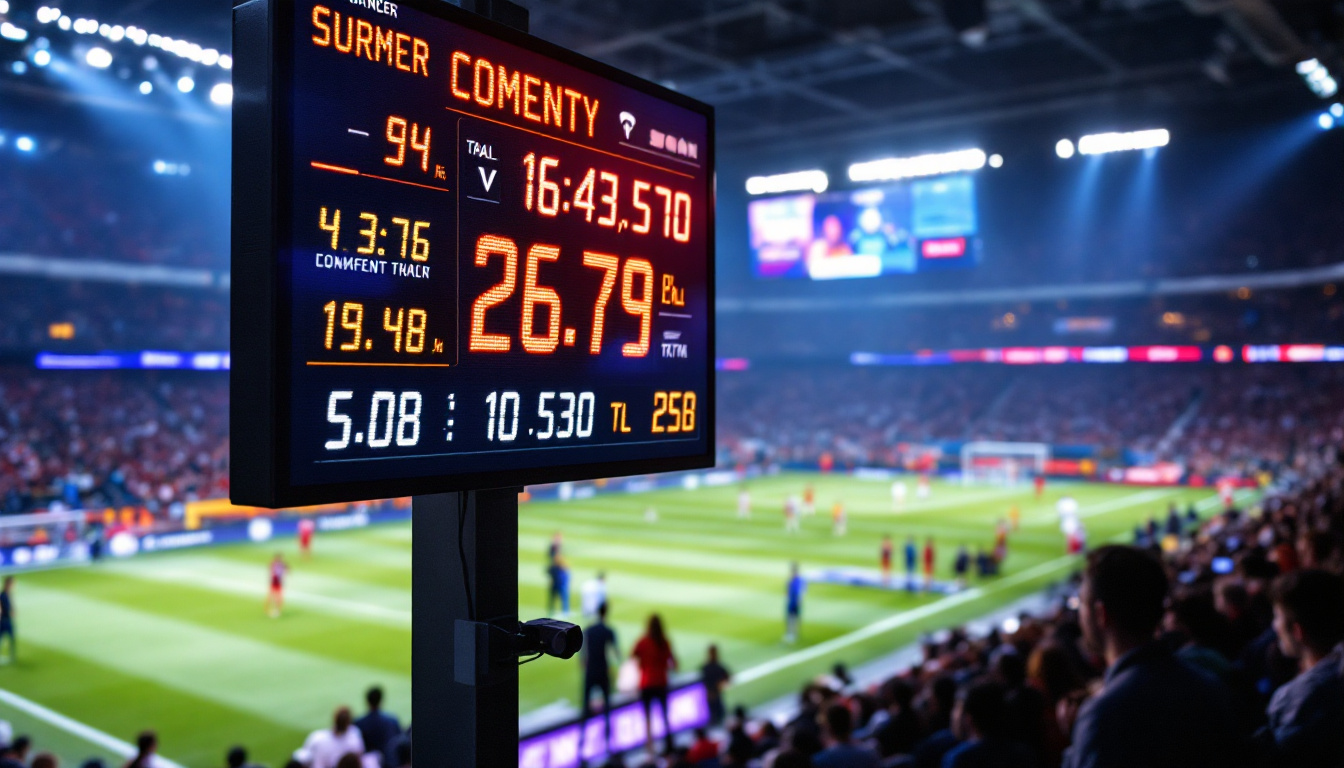In today’s digital age, LED displays have become an integral part of how businesses communicate, entertain, and engage with audiences. From vibrant billboards in city centers to immersive screens at live events, LED technology powers some of the most dynamic visual experiences. Exertis, a leading distributor and solutions provider in the technology sector, offers extensive expertise and products in LED display technology. This article delves into the fundamentals of LED displays, their applications, and why they are essential in modern visual communication.
Understanding LED Display Technology
LED stands for Light Emitting Diode, a semiconductor device that emits light when an electric current passes through it. LED displays use thousands, sometimes millions, of these tiny diodes arranged in a matrix to create images and videos. Unlike traditional display technologies such as LCD or plasma, LEDs generate their own light, resulting in superior brightness, contrast, and energy efficiency. This inherent capability allows LED displays to perform exceptionally well in various lighting conditions, making them a popular choice for both commercial and residential settings.
Moreover, the longevity of LED technology is another significant advantage. With a lifespan that can exceed 50,000 hours, LED displays require less frequent replacements compared to other display types, leading to lower maintenance costs over time. This durability is especially beneficial in environments where displays are subjected to frequent use or harsh conditions, such as outdoor advertising or event venues.
How LED Displays Work
At the core of an LED display are individual pixels composed of red, green, and blue diodes. By adjusting the intensity of each diode, the display can render a full spectrum of colors. These pixels are organized in modules that can be combined to form screens of various sizes and resolutions. The ability to control each pixel independently allows for high-definition visuals and smooth motion, making LED displays ideal for both indoor and outdoor environments. This pixel-level control also facilitates advanced features such as dynamic content and real-time updates, enhancing the viewer’s experience.
Furthermore, the technology behind LED displays has evolved significantly, with innovations such as organic LEDs (OLEDs) and microLEDs pushing the boundaries of display quality. OLEDs offer even deeper blacks and wider viewing angles due to their ability to turn off individual pixels completely, while microLEDs promise to combine the best aspects of both OLED and traditional LEDs, resulting in displays that are brighter, more energy-efficient, and capable of achieving incredible color accuracy.
Types of LED Displays
There are primarily two types of LED displays: direct view LED and LED-backlit LCD. Direct view LED displays use LEDs as the light source and the image generator, while LED-backlit LCDs use LEDs to illuminate an LCD panel. The former is commonly used for large-scale applications such as stadium screens and digital billboards due to its brightness and scalability. The latter is prevalent in televisions and computer monitors, offering improved color accuracy and thinner designs. Each type serves distinct purposes and caters to different market needs, which has led to a diverse range of products available in the consumer electronics space.
Additionally, within these categories, there are further distinctions based on application. For instance, some direct view LED displays are designed specifically for high-refresh-rate applications, making them ideal for broadcasting live sports or gaming events. On the other hand, LED-backlit LCDs are often optimized for color grading and graphic design, where precise color representation is crucial. This specialization ensures that users can select the right type of display to meet their specific requirements, whether for professional use or personal enjoyment.
Key Advantages of LED Displays
LED displays present numerous benefits that have driven their widespread adoption across various industries. Understanding these advantages helps businesses and consumers make informed decisions when selecting display technology.
Exceptional Brightness and Visibility
One of the standout features of LED displays is their brightness. They can achieve luminance levels far exceeding those of LCD or plasma screens, making them visible even in direct sunlight. This characteristic is crucial for outdoor advertising, sports arenas, and transportation hubs, where visibility can directly impact engagement and safety.
Energy Efficiency and Longevity
LEDs consume significantly less power compared to traditional lighting and display technologies. This energy efficiency translates into lower operational costs and a reduced environmental footprint. Additionally, LED displays have a longer lifespan, often exceeding 100,000 hours of continuous use, which reduces maintenance and replacement expenses.
Flexibility and Scalability
LED displays are highly modular, allowing for custom configurations to suit diverse needs. Whether it’s a massive outdoor billboard, a curved indoor video wall, or a transparent display integrated into a storefront window, LED technology can be tailored to fit unique spaces and creative visions. This flexibility is a major reason why LED displays dominate in sectors like retail, entertainment, and corporate environments.
Applications of LED Displays Across Industries
The versatility of LED displays has led to their adoption in a wide range of sectors. Each industry leverages the technology’s strengths to enhance communication, branding, and user experience.
Advertising and Digital Signage
Outdoor advertising has been revolutionized by LED billboards and signage. According to a 2023 report by Grand View Research, the global digital signage market is expected to reach $32.84 billion by 2028, with LED technology playing a pivotal role. LED displays enable advertisers to deliver dynamic content that can be updated in real time, increasing engagement and return on investment. Retailers use LED screens to promote products, announce sales, and create immersive shopping experiences.
Sports and Entertainment Venues
Stadiums and arenas utilize large LED screens to provide fans with instant replays, live scores, and interactive content. The ability to display high-resolution video and vibrant colors enhances the spectator experience. Similarly, concert venues and theaters employ LED walls as backdrops, enabling creative stage designs and visual effects that captivate audiences.
Corporate and Educational Environments
In corporate settings, LED displays are used for presentations, video conferencing, and digital wayfinding. Their clarity and brightness improve communication during meetings and events. Educational institutions also benefit from LED technology by creating engaging learning environments with interactive displays and digital noticeboards.
Transportation and Public Spaces
Airports, train stations, and bus terminals rely on LED displays for real-time information such as arrivals, departures, and alerts. The high visibility and reliability of LEDs ensure passengers receive timely updates. Public spaces use LED screens for community announcements, emergency notifications, and cultural programming.
Choosing the Right LED Display: Factors to Consider
Selecting the appropriate LED display involves evaluating several technical and practical factors. Making the right choice ensures optimal performance and return on investment.
Pixel Pitch and Resolution
Pixel pitch, the distance between the centers of adjacent pixels, directly affects image clarity. Smaller pixel pitches yield higher resolutions and finer detail, which is essential for close viewing distances. For example, indoor LED screens typically have pixel pitches ranging from 1.2mm to 4mm, while outdoor displays often use pitches from 6mm to 20mm or more, balancing visibility and cost.
Brightness and Contrast Ratio
Brightness is measured in nits, with outdoor displays requiring levels above 5,000 nits to combat sunlight glare. Contrast ratio impacts the depth and vibrancy of images. High contrast ratios improve the viewing experience, especially in environments with varying lighting conditions.
Durability and Weather Resistance
Outdoor LED displays must withstand harsh weather, including rain, wind, dust, and temperature extremes. Look for displays with IP65 or higher ratings, indicating protection against water and dust ingress. Robust build quality ensures longevity and reduces downtime.
Control Systems and Connectivity
Modern LED displays integrate with sophisticated control systems that allow remote content management, scheduling, and diagnostics. Connectivity options such as HDMI, DVI, and network interfaces enable seamless integration with various media sources and content management platforms.
Exertis and LED Display Solutions
As a global technology distributor, Exertis offers a comprehensive portfolio of LED display products and solutions tailored to diverse market needs. Their expertise spans from sourcing cutting-edge hardware to providing installation support and after-sales services.
Product Range and Partnerships
Exertis collaborates with leading LED manufacturers to supply high-quality displays suitable for indoor and outdoor applications. Their product range includes fixed and rental LED panels, transparent LED glass, and customized video walls. These partnerships ensure access to the latest innovations and competitive pricing.
Consultation and Integration Services
Beyond product distribution, Exertis provides consultancy services to help clients design and implement LED display systems that align with their goals. Their technical teams assist in site surveys, system design, and integration with existing AV infrastructure, ensuring seamless deployment and optimal performance.
Support and Maintenance
Recognizing the importance of uptime, Exertis offers comprehensive support packages, including preventive maintenance, troubleshooting, and spare parts supply. This commitment helps clients maximize the lifespan and reliability of their LED displays.
The Future of LED Displays
LED display technology continues to evolve rapidly, driven by advancements in materials, electronics, and software. Emerging trends promise to expand the capabilities and applications of LED displays even further.
MicroLED and MiniLED Technologies
MicroLED and MiniLED are next-generation display technologies that offer improved brightness, contrast, and energy efficiency. MicroLED, in particular, features microscopic LEDs that enable ultra-high resolution and flexible form factors. These innovations are expected to impact consumer electronics, automotive displays, and large-scale digital signage.
Interactive and Smart Displays
Integration of touch sensors, AI-driven content management, and IoT connectivity is transforming LED displays into interactive and intelligent platforms. Smart displays can adapt content based on audience demographics, environmental conditions, and real-time data, enhancing engagement and personalization.
Sustainability and Energy Efficiency
As environmental concerns grow, LED manufacturers and distributors like Exertis are focusing on sustainability. Innovations in low-power components, recyclable materials, and energy management systems contribute to greener display solutions that meet corporate social responsibility goals.
Conclusion
LED displays have revolutionized visual communication by offering unparalleled brightness, flexibility, and durability. Their applications span advertising, entertainment, corporate, and public sectors, making them indispensable in modern society. Exertis plays a vital role in delivering these advanced LED solutions, backed by expert consultation and support. Staying informed about the latest developments and carefully selecting the right LED technology can empower businesses to create impactful and memorable visual experiences.
Illuminate Your Space with LumenMatrix
Ready to elevate your visual communication with the brilliance of LED technology? Discover LumenMatrix’s innovative LED display solutions, crafted to bring your brand to life. From vibrant Indoor and Outdoor LED Wall Displays to dynamic Vehicle and Sports Displays, our range caters to every need. Experience the future of digital signage with our Custom, All-in-One, and Transparent LED Displays, designed for maximum impact. Don’t just share your message—make it resonate. Check out LumenMatrix LED Display Solutions today and transform your space into a captivating visual experience.

